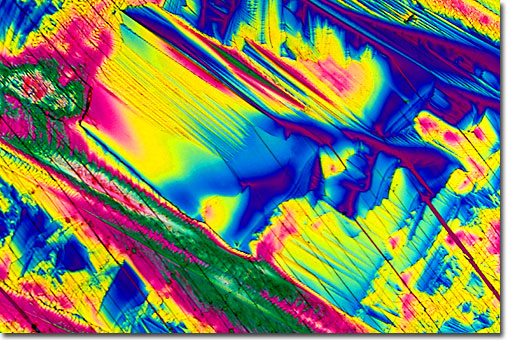|
Glutamine is one of the twenty amino acids generally present in animal proteins. A monoamide of glutamic acid, the biochemical is also a component of many plants and was first isolated from beet juice in 1883. Glutamine was not isolated as a component from a protein, however, until 1932 and was first chemically produced the following year. The substance plays an important role in the cellular metabolism of animals and is the only amino acid with the ability to easily cross the barrier between blood and brain tissue. Combined, glutamine and glutamic acid are responsible for the vast majority of the amino nitrogen located in the brain, and are of central importance in the regulation of bodily ammonia levels. Though it is readily synthesized naturally within the body, glutamine is popularly sold as a nutritional supplement for athletes.
|
